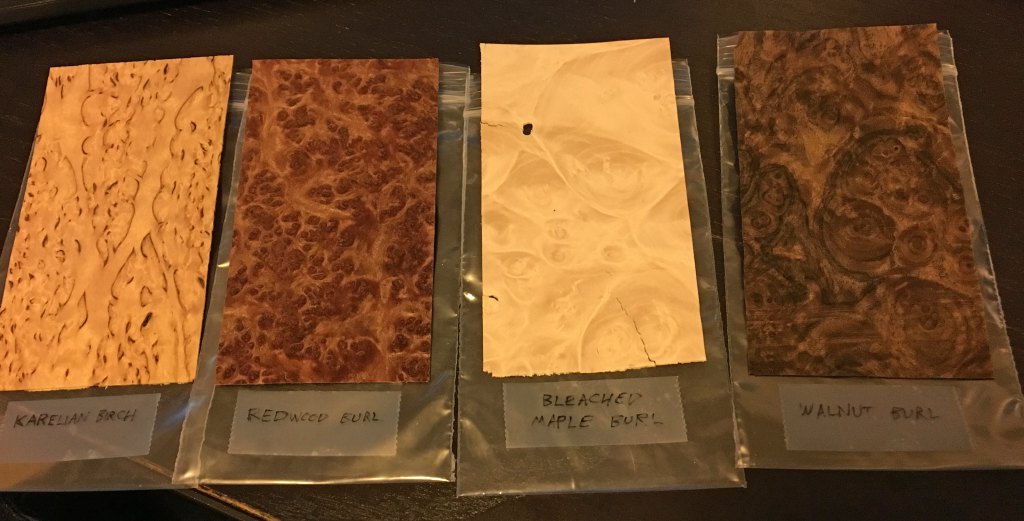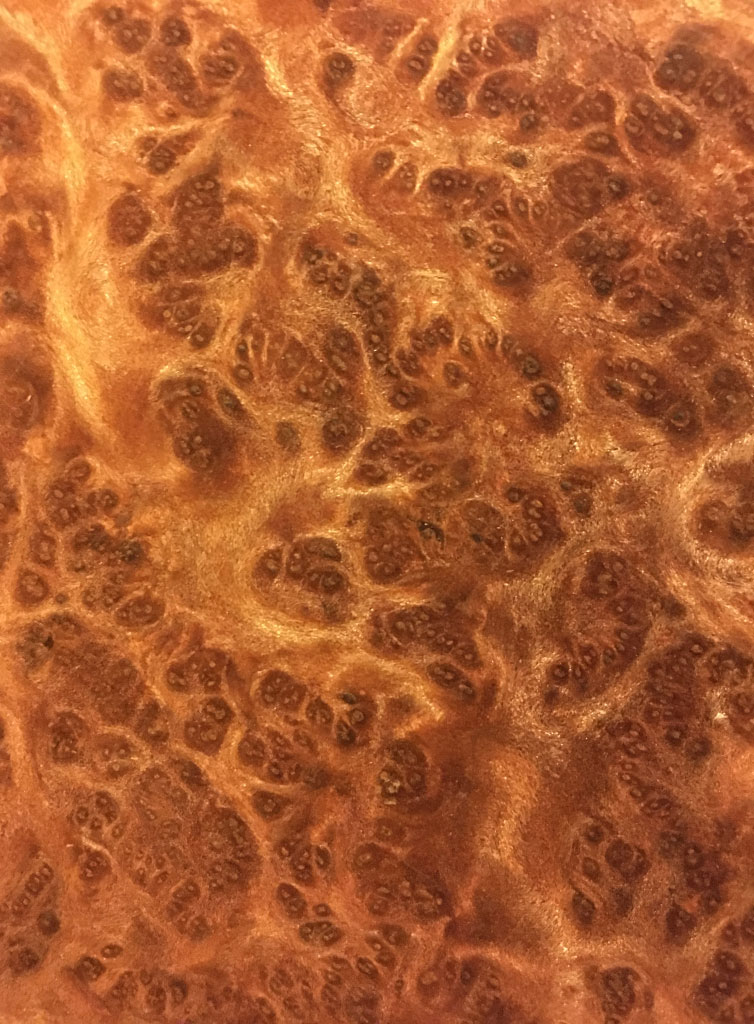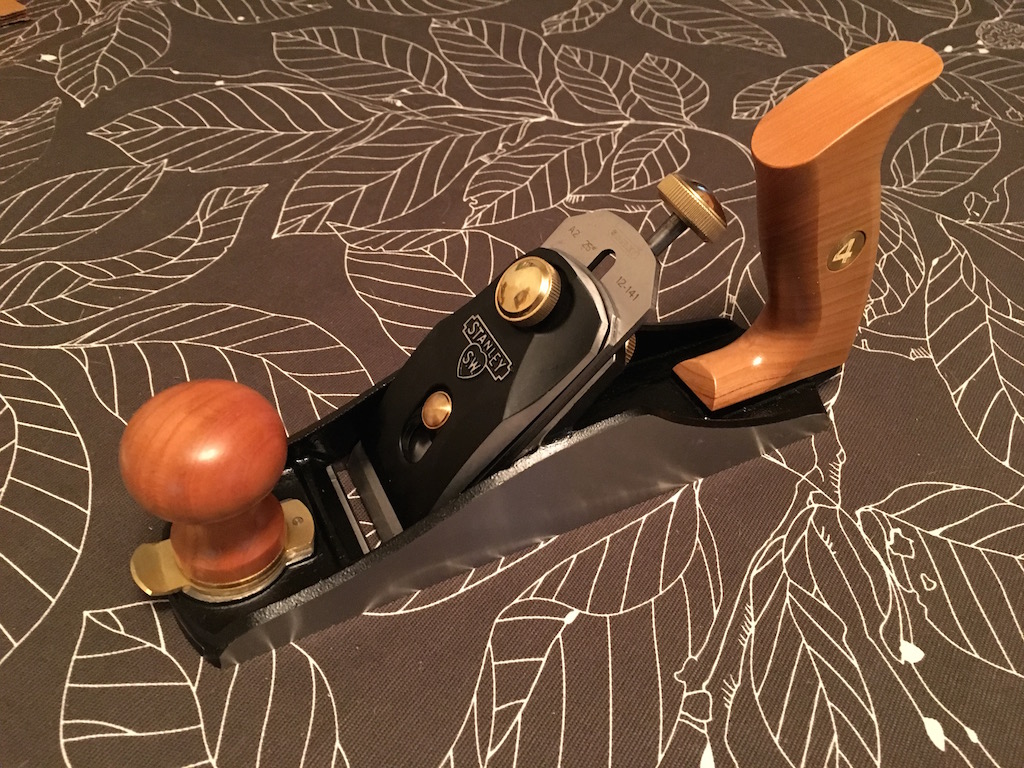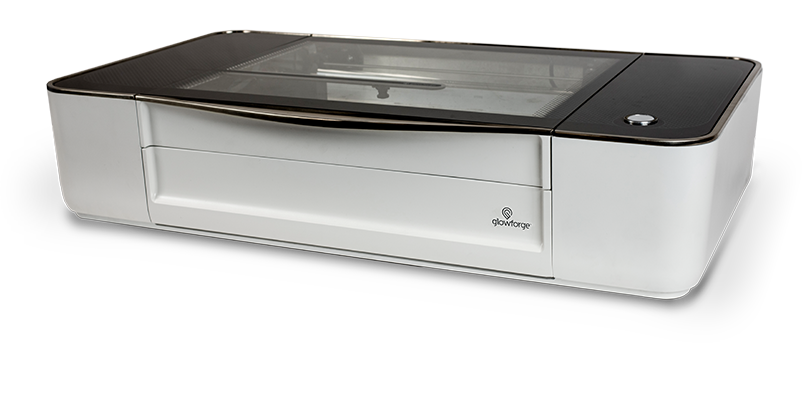You may see a lot of woodworking posts here in the coming weeks. I have a project which will include a nice hardwood box, so I’m quickly coming up to speed on the basics and getting all the equipment I need. It’s a fun… and expensive… and toolbox busting endeavor.
One area of research has been veneers. I always thought of veneer as synonymous with the cheap plastic coating on particle board with wood grain printed on it, like your $20 book shelf has. But real wood veneer is used on some of the finest furniture made. Sometimes a veneer is used out of necessity, such as when the desired wood simply doesn’t exist in the size needed. Some woods come from trees that are too small to mill full-sized boards but nonetheless have a desirable aesthetic appeal. Depending on how the veneer is cut you can also get some grain patterns that wouldn’t exist in conventionally milled lumber.
One of the more beautiful classes of veneers is burls. A burl is a growth on a tree caused by insects or fungus or some other disruption. Think of it a bit like scar tissue. The grain in a burl is highly turbulent and figured and can vary a lot by species. Burls are small, so veneer is about the only way to take advantage of their unique woodworking beauty.
I recently ordered a random box of burl from VeneerSupplies.com to get a better sense of the gamut of burls that exist. I was not disappointed. I got over 45 square feet of at least a dozen different kinds. Pictures are great, but there’s nothing like seeing a sample in your hand, seeing how the light iridesces, the scale of the figuring, and how the color looks under different lighting conditions.
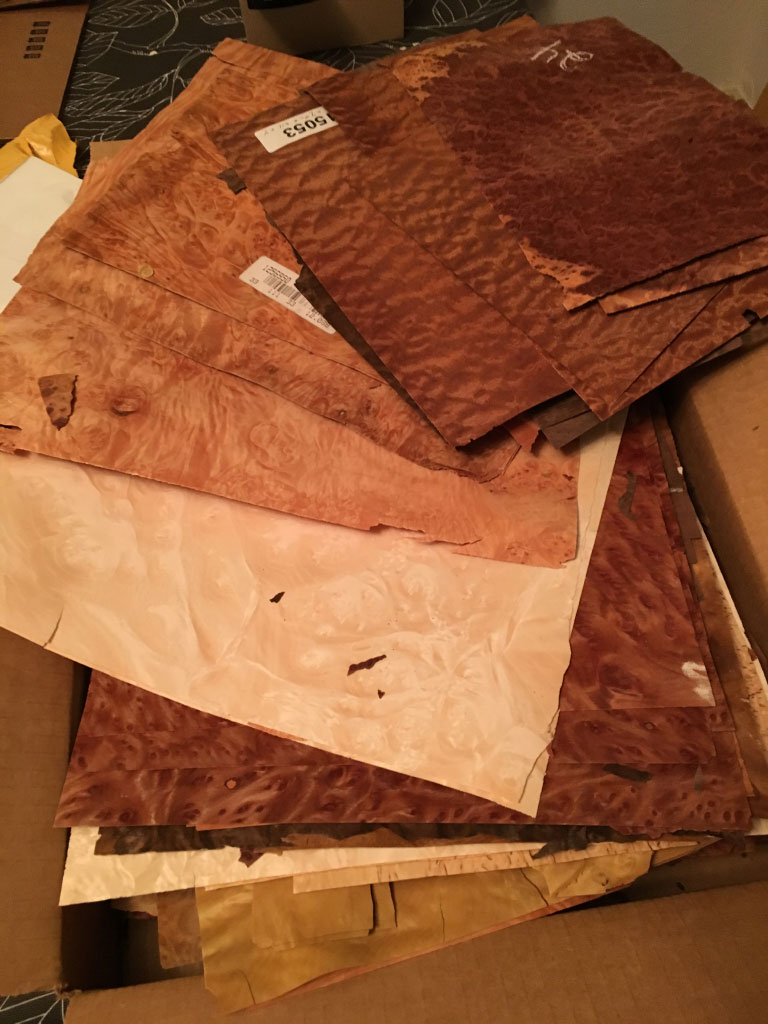
I made a few small sample chips to reference as I work on my design, and I can’t keep my hands off them. The redwood in particular is just stunning. And these are just plain wood samples; once they’re treated the contrast and detail will only look better. I can’t wait to start incorporating some burl into my project.
